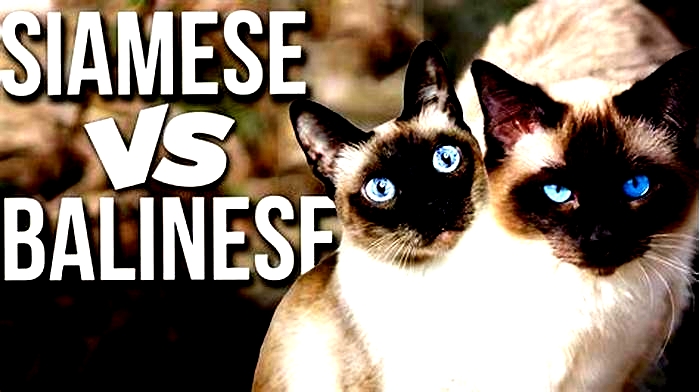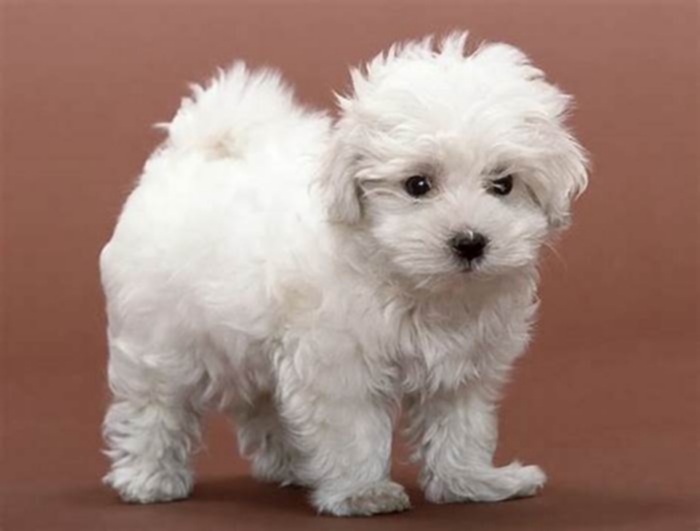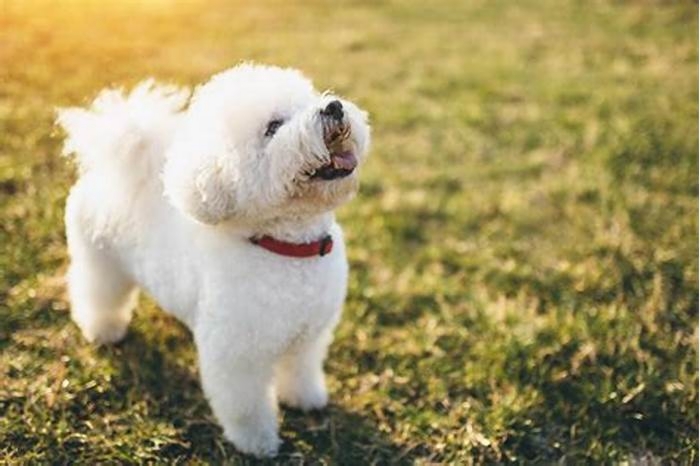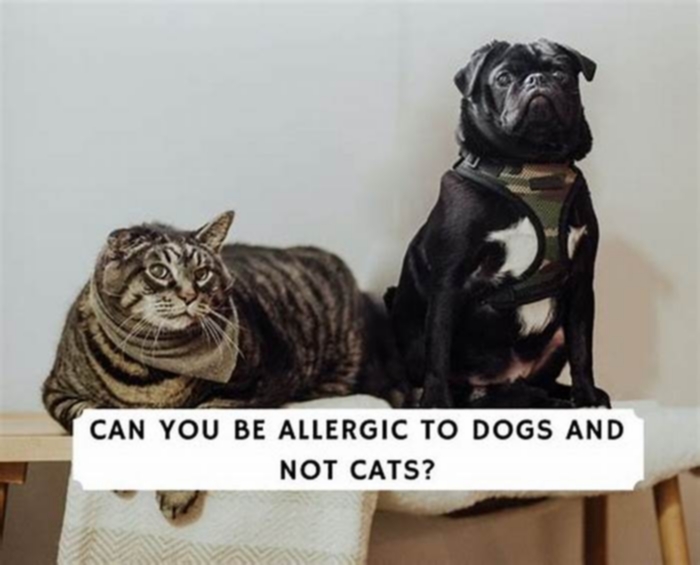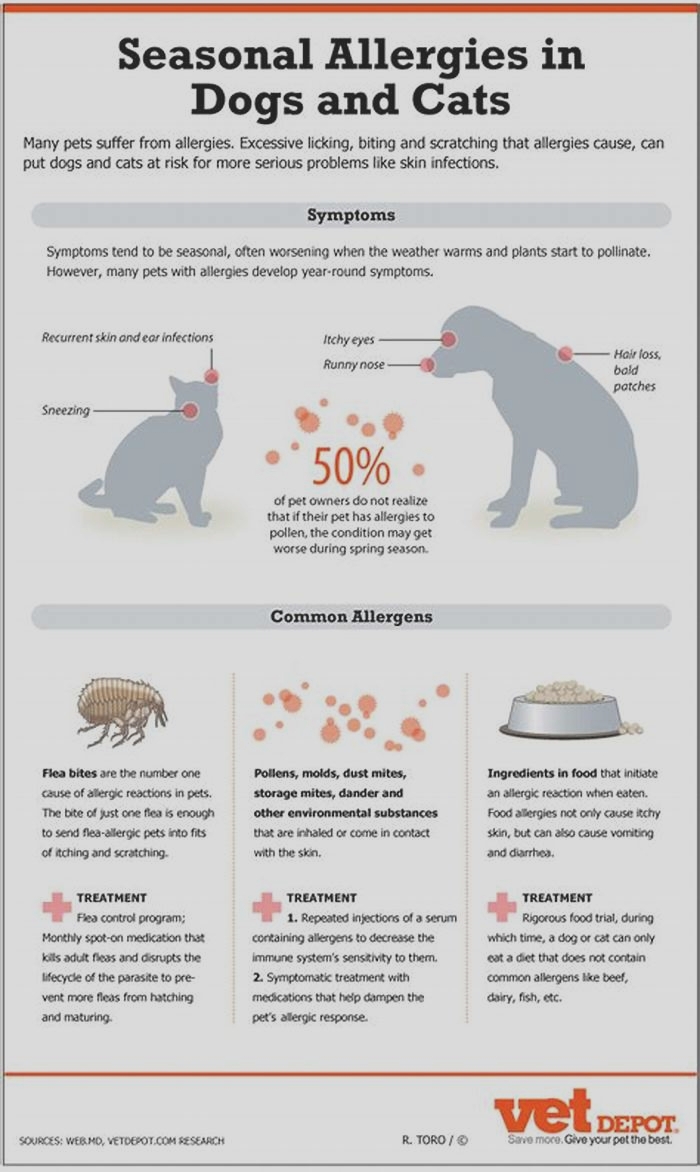Are Balinese cats really hypoallergenic
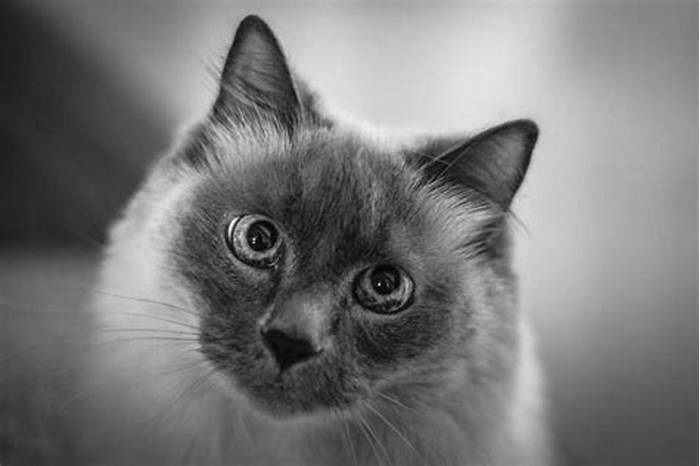
Are Balinese Cats Hypoallergenic?

Yes, Balinese cats are considered hypoallergenic because their coat is considered to be one of the least-shedding among long-haired breeds. They also produce the cat allergy protein, Fel D1, at lower levels compared to other breeds. Just to be clear, no cat is completely hypoallergenic and any cat breed, including the Balinese, can cause allergic symptoms.
If you are considering adding a Balinese cat to your household, keep reading.
What is a Balinese cat?
The Balinese cat is a beautiful, elegant, medium sized cat with the same long svelte lines as the Siamese but with a silky flowing coat. The head is long and carried on an elegant neck, wide between the ears and tapering in straight lines to a fine muzzle and showing a straight profile. The ears are large and may have tufts. The eyes are bright blue and oriental in shape and setting. The body is slender and graceful with the hind legs longer than the front legs. The legs are slim and the paws are small and oval. The tail is long, tapering, and plumed.
The Balinese coat is fine and silky and the hair is between half an inch and two inches long. The hair on the tail can be as long as five inches. Overall though, the fur is not as long as a Persian, and there is no ruff. There is no woolly undercoat and the hair lies flat against the body. The coat features the same colored points and mask as the Siamese. The ears, face, legs, feet, and tail are densely colored and clearly defined with the color on all the points matching. The Balinese are bred in four colors. You may see cats of basically the same type, but with different markings, such as the Javanese.
They weigh 5 to 10 pounds full grown and can live for up to 12 years.
Personality of the Balinese cat
The Siamese and the Balinese might differ in coat length, but beneath the skin they are identical. Balinese are fond of people. They like to be helpful and will follow you around and supervise your every move. When you are sitting down, a Balinese will be in your lap, and at night they will be in bed with you, probably under the covers with their head on the pillow. They are frequently underfoot, so they might not be the best choice for people who are unsteady on their feet or use a walker or cane.
Balinese are not quite as loud as the Siamese, but they are just as opinionated. They will tell you exactly what they think, and expect you to pay attention and act on their advice. You can also count on them to be chatty with visitors.
They are a highly intelligent, agile, and athletic breed. They love to play, enjoy climbing, and playing fetch. They do not like being left alone at home so make sure to leave entertaining toys for them while you are away.
Do not get this breed if you do not want a chatterbox, but if you enjoy having someone to talk to throughout the day, it might just be the cat for you. Just make sure that you have time to spare everyday to bond with a socially demanding cat.
They are a loyal and loving breed who will pout when not given enough attention, but in the right home, they will thrive for years.
Are Balinese cats hypoallergenic?
Yes, Balinese cats are considered hypoallergenic because they tend to shed very minimally and naturally produce lower levels of the Fel D1 protein than most cats.
A hypoallergenic cat breed is one that does not release as much allergens into the air in your home. These breeds tend to shed very little or not all. There is no such thing as a completely hypoallergenic cat because they all produce the Fel D1 protein which can be found in their skin and saliva. As well as the Fel D4 protein that can be found in cat urine.
Balinese cats still produce Fel D1 protein, but they do not release as many irritants. They have a single layer coat, so the lack of an undercoat means that they shed less and may be a good choice for someone who suffers from allergies.
How much do Balinese cats shed?
Balinese cats have a medium length single-layer coat that does not shed as much as most cats. As with most domestic cats, they are in air conditioning in the summer and central heating in the winter. Their bodies may not clearly recognize seasons anymore, so they may shed steadily throughout the whole year. However, with proper grooming Balinese cat shedding can be controlled and so lessen the presence of dander and allergens in your home.
Reducing dander and allergens
Here are some tips to help prevent the spread of the allergens in your home:
- Clean all fabric furniture often. The frequency will depend on how often your cat sheds and how allergic you are. Clean your fabric furniture once a week with a dander removal product such as a lint roller.
- Keep your home as clean as possible to reduce the number of surfaces the hair and dander can stick to.
- Use an air purifier or filter. This may be the easiest and most effective way to significantly reduce dander in your home.
- Brush your cats coat twice a week. Balinese cats have a fine, silky coat that is easy to care for. They do not have an undercoat, which means they are less prone to matting. Use a stainless-steel comb to brush the cat from head to tail. Doing this will remove any dead hair and keep its coat looking healthy.
- Balinese cats rarely need to be bathed, unless they come into contact with something dirty or smelly. But a bath once in a while can help wash off any loose hairs that may contain dander. If your cat is not a fan of baths, try wiping their body with a damp towel instead. This may be less traumatizing for your cat while still effectively removing loose fur.
- Feed your cat good quality cat food. Cheap cat food might make your cat break out in a rash and cause them to scratch themselves more than usual, which gets dander into the air quicker. Feed them cat food that contains fish once in a while so they get a good amount of Omega 3, which helps keep cat skin healthy.
- Wash your hands after petting your cat. This is so you will not be touching your nose or any part of your face with your hands that have come into contact with the allergen.
Conclusion
Balinese cats are considered hypoallergenic cats because they are moderate shedders and produce lesser amounts of the Fel D1 protein compared to most cat breeds.
A Balinese cats coat is quite low maintenance and only requires brushing at least twice a week to remove loose hair that may contain allergens and dander. Giving them baths is mostly unnecessary and wiping their bodies with a damp towel may be enough to remove dirt and old hair. Make sure to feed your Balinese high-quality cat food that contains all the nutrients they will need to ensure that they keep a healthy coat.
Do not forget to clean your house as often as you can to avoid the accumulation of dander and other allergens on surfaces and in the air around your home.
Image: istockphoto.com / aleishaknight
Are Balinese Cats Hypoallergenic Allergies & Shedding

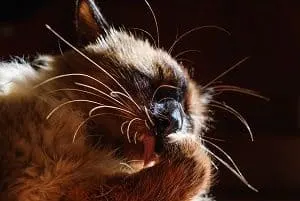 The options for a new cat might seem endless, but when you have allergies, that list might not feel as long. You adore long-haired cats, but youre worried itll destine you to a life of sneezing, right? Well, youre in luck. Some long-haired cats, like the Balinese cat, seem to cause fewer allergies than other breeds of long-haired cats. But, are Balinese cats hypoallergenic?
The options for a new cat might seem endless, but when you have allergies, that list might not feel as long. You adore long-haired cats, but youre worried itll destine you to a life of sneezing, right? Well, youre in luck. Some long-haired cats, like the Balinese cat, seem to cause fewer allergies than other breeds of long-haired cats. But, are Balinese cats hypoallergenic?
Balinese cats are not hypoallergenic. Balinese cats produce less Fel d1, a protein that causes allergies. They also shed less than other cat breeds due to a lack of an undercoat.
So maybe your allergies wont miraculously be cured when you get a Balinese cat; however, your Balinese may not make you go through a tissue box a day. Keep reading to learn a little more about what it means for a cat to be hypoallergenic and sometimes to combat shedding and your allergies.
What Makes A Cat Hypoallergenic
This shocked me when I found out, but its not cat fur that most people are allergic to. Its whatsonthe cat fur that triggers allergies. Its called Fel d1, which is a protein thats found in every cats saliva.
So yes, your cat sheds. But your cat also licks itself constantly, meaning its saliva is on the fur that falls out. Its pretty easy to see where the misconception comes from, right? Youd assume it was the fur, but its something microscopic attached to the fur that covers, well, every worldly possession you own.
Are Any Cats 100% Hypoallergenic
No cat is 100% hypoallergenic, except for perhaps the hairless cat. The only way you can combat allergies is to have a cat with no hair, like the Sphynx. Even then, a hairless cat will still produce that Fel d1 protein. It just wont be on its hair.
Shaving your long-haired cat wont be enough to make your cat 100% hypoallergenic. Its hair will still fall out and potentially trigger your itchy eyes and runny nose even if it is shorter. Lets put those hair clippers down and think about how the Balinese cat might be a better option.
Why Do People Think Cats Are 100% Hypoallergenic
People probably think cats can be 100% hypoallergenic because they dont know the science behind what makes their nose twitch. Many people think that just because they dont sneeze around a cat means that this animal is hypoallergenic.
Thats not the case at all though. Simply put, less Fel D1 correlates to less allergic reactions. Even a Sphynx cat can cause allergies, and they have little to no fur! The protein is still on their skin though, and thats what causes the reactions.
Its not surprising that people assume that if they sneeze every time theyre around a cat, theyre probably allergic to cat fur. Why would anyone think of a protein attached to the cats fur to begin with?
For those who love cats but are allergic, this is a small win because we can pinpoint exactly whats making our allergies worse. Which, believe me, is not always easy to do.
Are Balinese Cats Good For Allergies
Yes, Balinese cats are good for allergies because they produce less Fel d1 protein. Even though Balinese cats still shed, Balinese cats are better for your allergies than other breeds of cats. Balinese cats produce less of the Fel d1 protein in their saliva. Less of the Fel d1 protein means that there is less chance to trigger your allergies.
No one can say for certain that youll never experience allergies again with a Balinese cat, but your allergies probably wont be as bad as they usually are with other breeds of cat.
You could of course still have bad reactions though even if the amounts are small. So take some precautions like washing your hands immediately after petting your cat, avoid touching your face, and even wearing a mask if needed.
How Does The Protein Get On My Cats Fur
If your cat isnt sleeping, what is it doing? Cleaning itself, probably. Your Balinese cat is probably licking every inch of its body all day long (sometimes more than once).
As your cat licks its fur, it deposits the Fel d1 protein from its saliva onto its fur. Sure, your cat is keeping itself clean, but thats why the fur can be bad for your allergies. The protein doesnt just go away, either. After being licked, the fur eventually falls out.
Will My Cat Licking Me Trigger My Allergies
Since we know that the Fel d1 protein comes from your cats saliva, your cat licking you may trigger your allergies.
Despite this, it might not be as bad as you think. Your cat might give you some kisses, but most cats dont come up to lick you like dogs, so I wouldnt worry much about that.
The fur is going to be your biggest problem in this war.
Do Balinese Cats Shed A Lot
Balinese cats have long hair, but good news for you! Balinese cats dont shed as much as you might think for a cat with long hair. The Balinese cat only has a single coat, which means less shedding.
Believe it or not, many cats have two coats of fur, and one is usually called the undercoat. Its the hair that you might pull off your black cat thats a light gray. It might seem never-ending, right?
With the Balinese cat, you wont have that problem, thankfully.
Do Balinese Cats Sometimes Shed More
If you live in an area with multiple seasons, you may notice that your Balinese cat sometimes sheds more.
Expect to see more shedding when the weather gets warmer after being cold. Your cat might have thicker fur during the winter to stay warm, but theyll blow their coat in the summer to stay cooler. Its a pretty cool things cats do, even though your vacuum might not agree with that.
If you know when your cat might start shedding more, you can prepare for the battle (that youll probably lose, Im sorry to say)
How To Deal With Shedding
If you feel defeated by your cats shedding, there are things you can do:
- Brush your cat as often as you can. This will catch the full before it sticks to anything else. Itll also prevent those nasty hairballs!
- Dont bathe your cat too often. Giving your cat baths could dry out its skin, causing more fur to fall out.
- Feed your cat a proper diet. Good quality food will make your cats coat nicer.
- Keep your cats stress levels down. Too much stress could lead your cats fur to fall out faster.
How Can I Clean Up The Cat Fur
Youre not going to be able to stop your cats shedding. Dont beat yourself up if youre starting to find cat hair everywhere.
- Purchase a vacuum thats made for pet fur. Itll work better (and probably last longer).
- Get hardwood floors. Cat fur will cling to carpets and rugs more than hardwood that you can easily sweep.
- Teach your cat to sleep in a designated spot. Hopefully, this is a limit where you find cat fur.
- Use a lint roller. Sticky lint rollers will help pull the fur off your clothes and furniture, irritating your skin.
How Can I Deal With My Allergies
If youre someone who deals with allergies like me, theres nothing you can do to make them go away. But there are things you can do to manage them.
- Take allergy medicine, daily if necessary.
- Clean your house thoroughly. Dust regularly and buy a powerful vacuum, so you dont have to worry.
- Open windows when you can to circulate air.
Allergies are probably some of the worst things to deal with, especially if youre allergic to an animal you love. There are things you can do to make them just a little bit more manageable, though. Allergy sufferers unite!
See? You do have options if you love long-haired cats and hate your allergies. Even if your Balinese cat triggers your allergies, you now have some tips and tricks for slowing the shed and cleaning the hair up when it does fall.
My name is James, and welcome to FAQCats!
Along with our team of cat owners, expert pet enthusiasts, and pet professionals, we aim to write engaging helpful, engaging content about cats. At FAQCats we strive to provide content thats accurate and fun to read. Our team writes about everything related to cats; even the most complex of topics. Through extensive research and caring for our own fur-pals, were able to provide something cat owners worldwide will love. Have a look around, and leave us feedback anytime!

